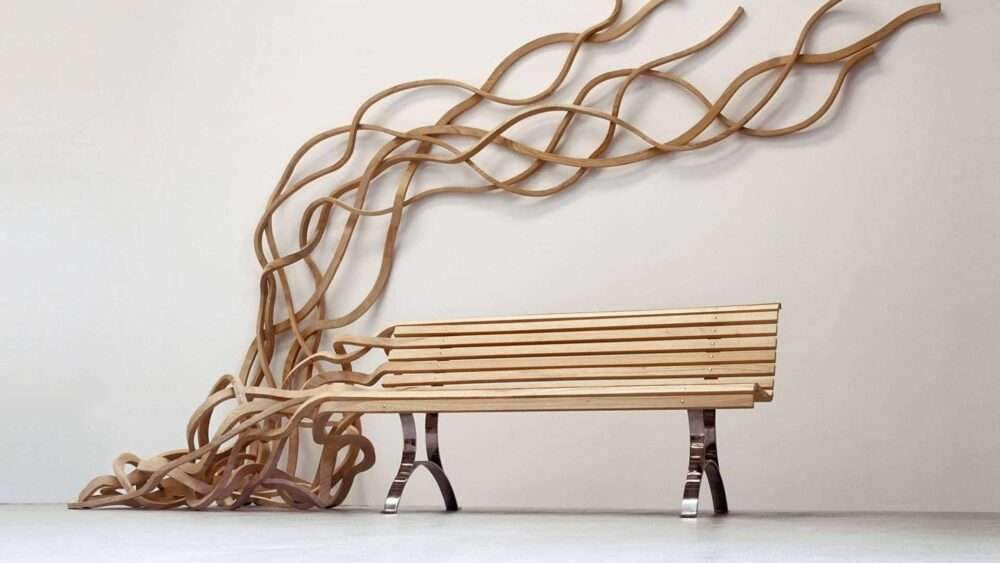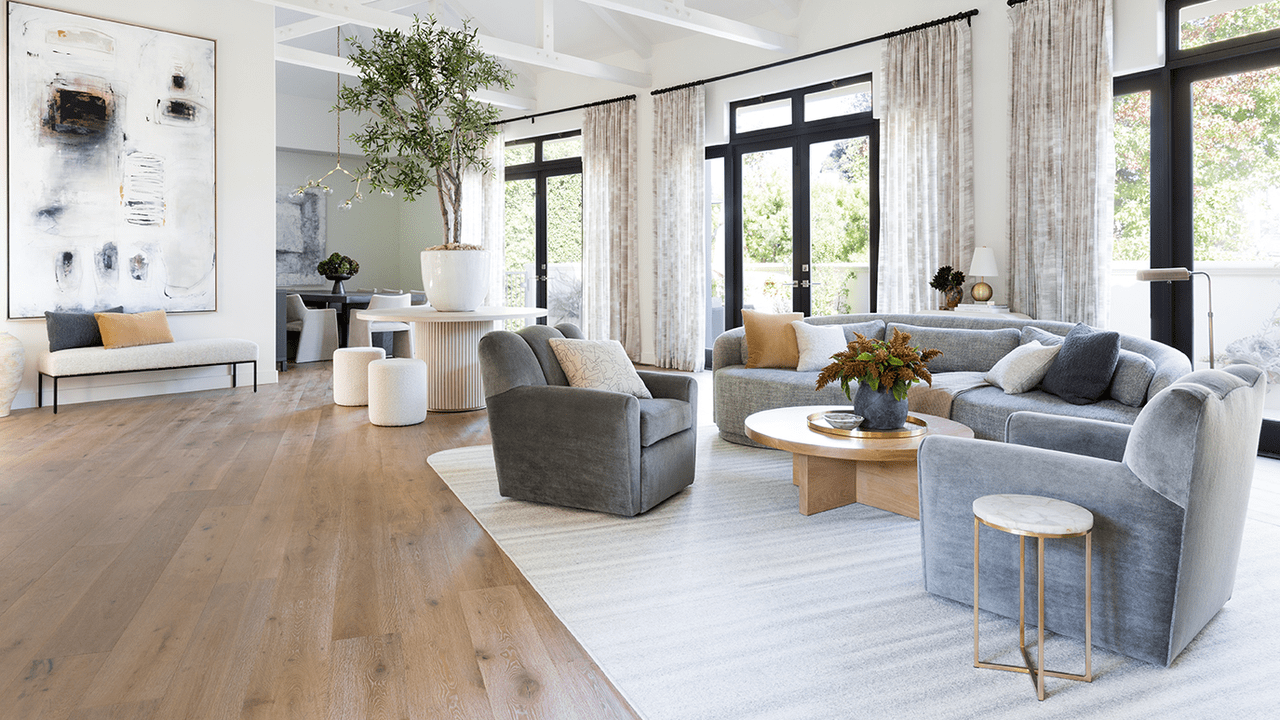This London property was renovated by local firms Merrett Houmøller Architects and All & Nxthing, with the goal of creating an atmosphere reminiscent of a typical Moroccan home through the use of clay-plaster walls, exposed brickwork, and tile floors.
For clients who have traveled extensively around Morocco and the Mediterranean, Merrett Houmøller Architects and interior designer All & Nxthing refurbished and expanded the Victorian residence.
The terraced house has kept much of its original dimensions, but the back has been expanded to provide a double-height, skylit kitchen and dining area with an angular ceiling.
Inspired by the interior courtyards typical of riads, or traditional Moroccan homes, the dining area is tucked away from view by the landing of the first floor staircase.
Robert Houmøller, co-founder of Merrett Houmøller Architects, said, “Our clients have traveled extensively in Morocco and the Mediterranean generally, and were inspired in many ways by the architecture and climate there.”
“Our brief was to create tall, light-filled spaces, with Moroccan riads being a big influence on the overall form,” he stated to Dezeen.
From the original house into the addition, a continuous floor made of brick pavers goes down into a garden that has a small pool and a concrete patio.
The goal of this design is to give texture underfoot while obfuscating the line between inside and outdoors.
In keeping with the notion of texture, exposed brickwork serves as a “reminder of the original fabric of the building” behind the main kitchen counter, while the dining area’s slanted walls and ceiling are lined with clay plaster.
A steel balustrade and oak veneer have been added to the refurbished staircase.
Creative director of All & Nxthing, Steve Nash, told Dezeen that “Mediterranean precedents also influenced the interior materiality.”
“Natural earth-based materials such as the handmade brick floor, clay-plaster walls, band-sawn timber joinery and patinated copper were used,” he stated.
A formal living room, a lounge area with a fireplace, and a home office are situated at the other end of the house from the addition.
This has been finished with more minimalist angles that allude to the geometry of the extension.
“We wanted to mirror the boldness of the architecture within the interior designs,” Nash stated to Dezeen.
“We created subtle angles, such as each kitchen handle having tapered ends to match the angle of the walls, and the classic living room alcove joinery having angled base cabinets,” he stated.
The main bedroom and a sizable bathroom are located on the first level, while an additional study area and an ensuite guest bedroom are located in the attic extension.
Finally, find out more on ArchUp:
Tikari Works: Black-stained timber canopy encloses garden pavilion







